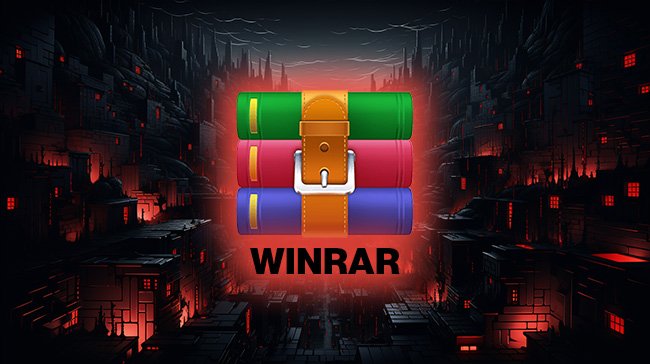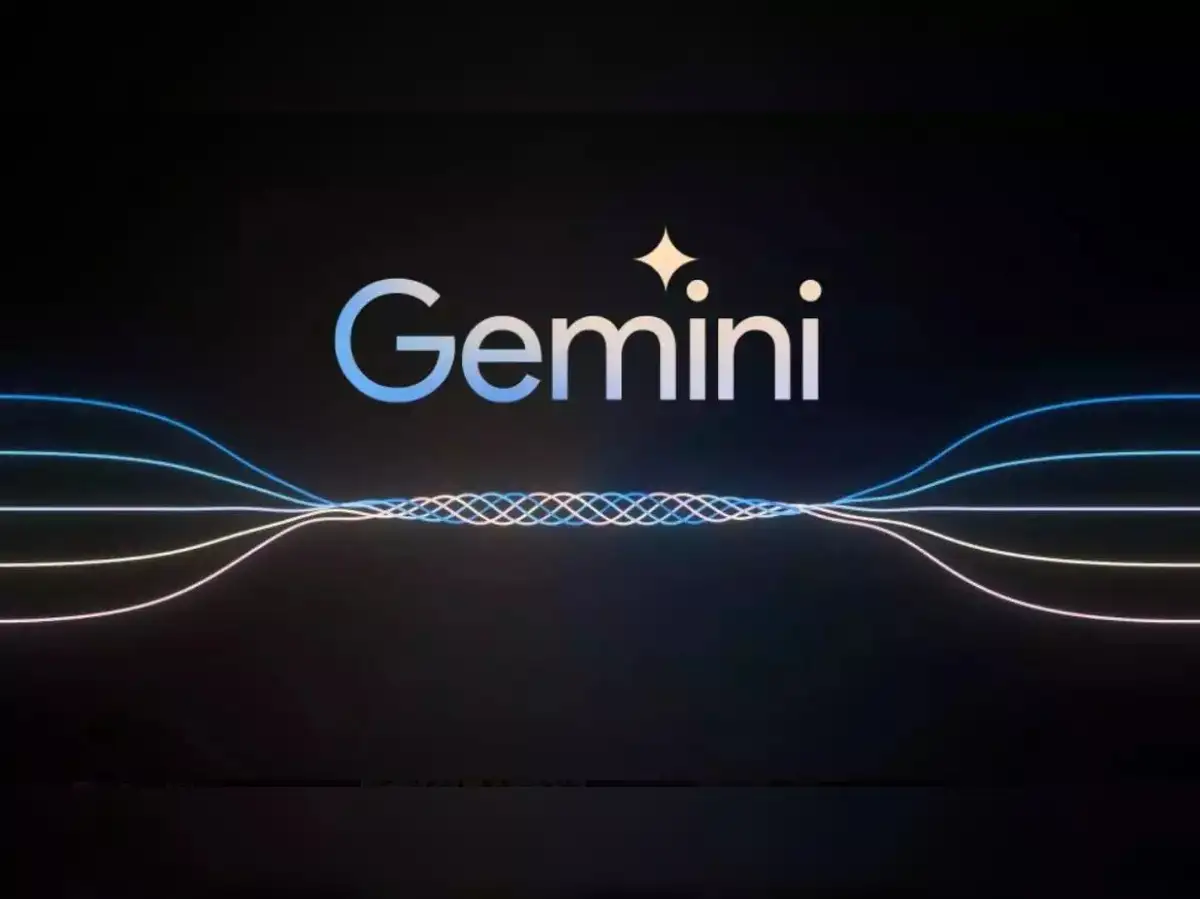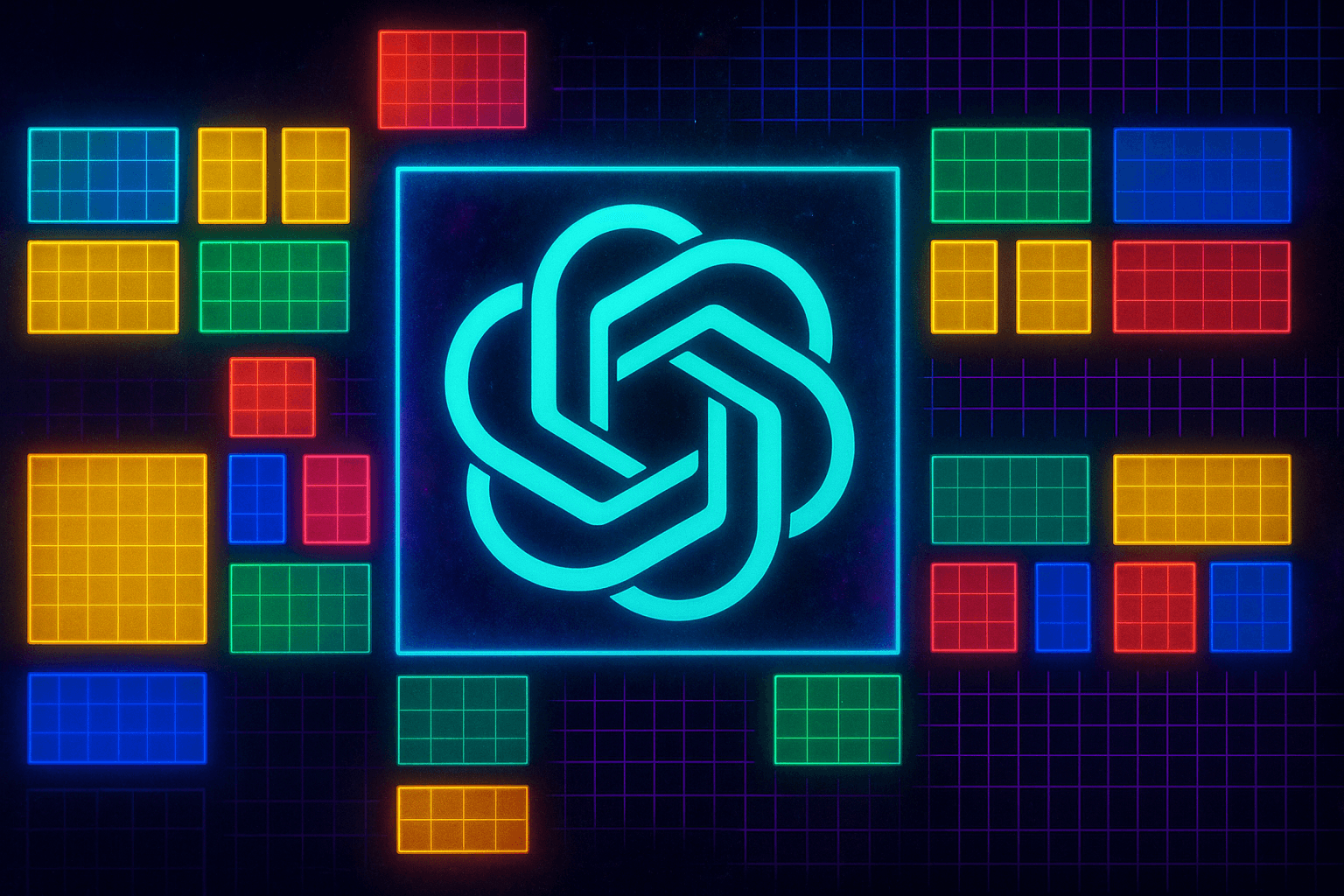Aalyria's Groundbreaking 100Gbps Laser Internet: The Future of Connectivity?

Did you know that a startup has successfully beamed a 100Gbps internet connection across 40 miles using lasers? That's right—Aalyria, a spinoff from Google's former Loon project, is pushing the boundaries of high-speed internet in ways we never thought possible.
Founded in 2022 after the closure of Alphabet's Loon, which aimed to provide internet access via balloons, Aalyria has emerged as a pioneer in laser communications. Their innovative technology, known as Tightbeam, recently made headlines when the company demonstrated its capability to deliver lightning-fast internet connections from the atmosphere. On a day that could change how we think about connectivity, Aalyria announced successful tests on their Tightbeam system, achieving a jaw-dropping 100Gbps over a distance of 65 kilometers—equivalent to about 40 miles—using two mountaintop stations in Northern California. This milestone is significant, especially considering the challenges posed by atmospheric conditions.
According to Aalyria CEO Chris Taylor, the tests were conducted under less-than-ideal conditions, yet the system maintained its connection for hours. “This 65km ground-to-ground optical link has been operational for several weeks and continues to operate today,” he shared with PCMag. The engineering behind Tightbeam is all about resilience. The system is designed to adapt to changing environmental factors like wind and visibility, so even if conditions shift, users can still enjoy a reliable internet connection.
But Aalyria didn’t stop there. In a fascinating twist, they took their technology to sea (virtually, of course). By simulating conditions on a moving ship at the Naval Research Laboratory in Chesapeake, Virginia, the team managed to replicate the unpredictable nature of maritime environments. This rigorous testing secured a $7 million contract from the Navy to further develop Tightbeam for naval use. In the video demonstration, watchers could see the laser equipment pivoting as though it were on a real ship, yet it still managed to maintain astonishing speeds even through tumultuous conditions.
Aalyria's ambitions are expansive. They’re not just focused on land applications; their vision includes sea, air, and even outer space communications. While competitors like SpaceX’s Starlink have made strides with laser technology for satellite connections, Aalyria is stepping up the game by targeting ground links and atmospheric transfers. Taylor emphasized that their tech could extend connections up to 75 kilometers on land and even reach 150 kilometers into the air.
Interestingly, Aalyria is part of a growing ecosystem of companies spun off from Alphabet’s ambitious projects. Taara, another offshoot of Loon, aims to deliver its own “Lightbridge” technology to internet providers, boasting speeds of up to 20Gbps over a range of 20 kilometers. While both companies share a vision of bridging the digital divide, their approaches are distinctly different. Taylor noted, “You cannot bring broadband to every user in a community without high-capacity long-range optical links that supply it, such as tech that Aalyria offers.”
As for when this groundbreaking technology will become commercially available? The details remain unclear, but Taylor assures that they are actively addressing the challenges associated with laser communication systems. “Through our design process, we believe that we have mitigated many of those challenges,” he stated.
In a world increasingly dependent on connectivity, Aalyria's advancements could very well signal the dawn of a new era in high-speed internet.



























